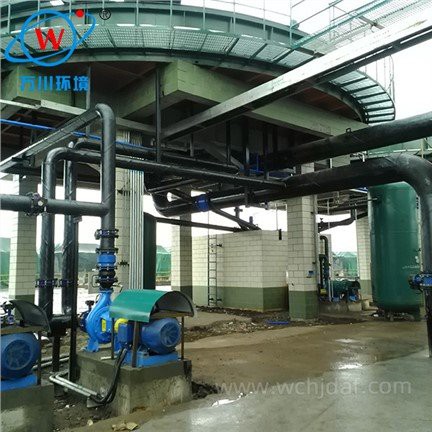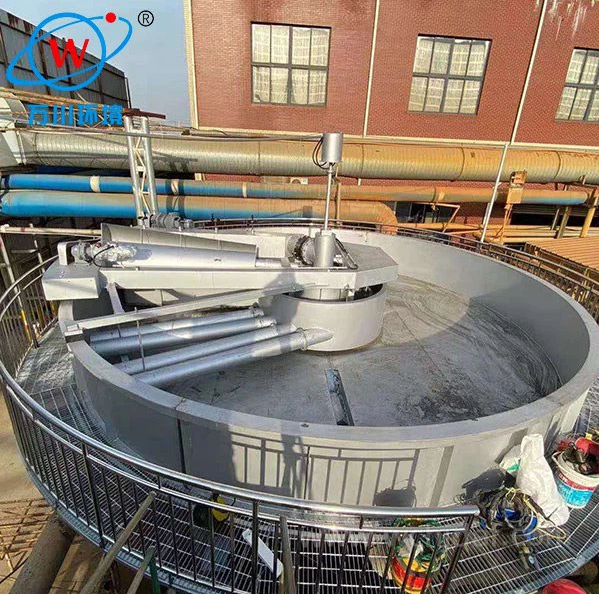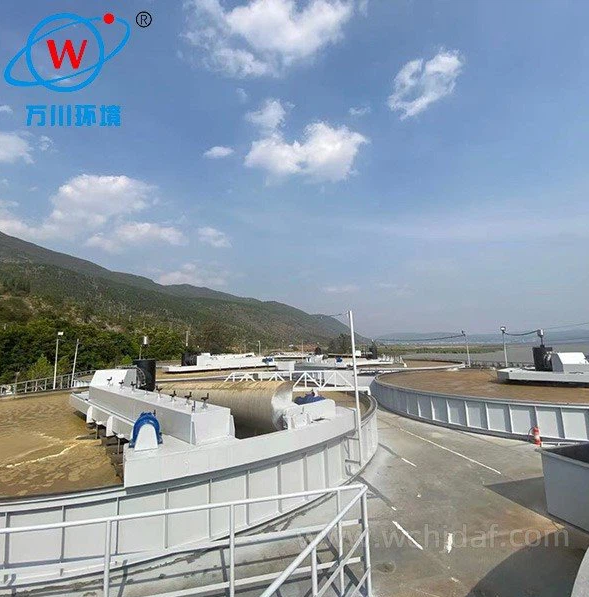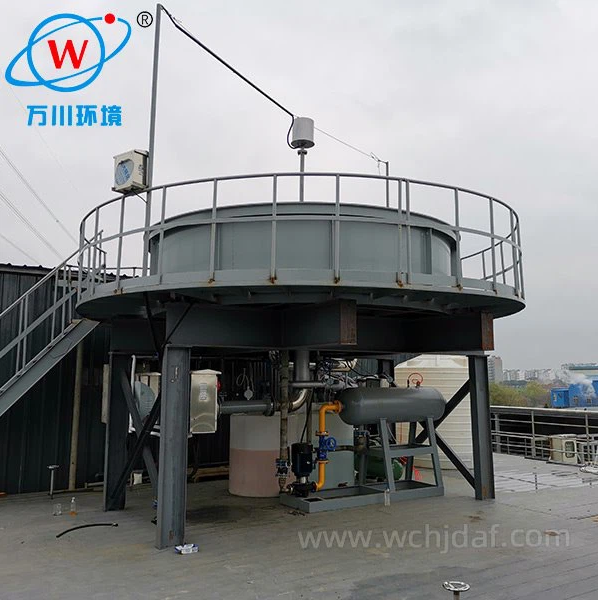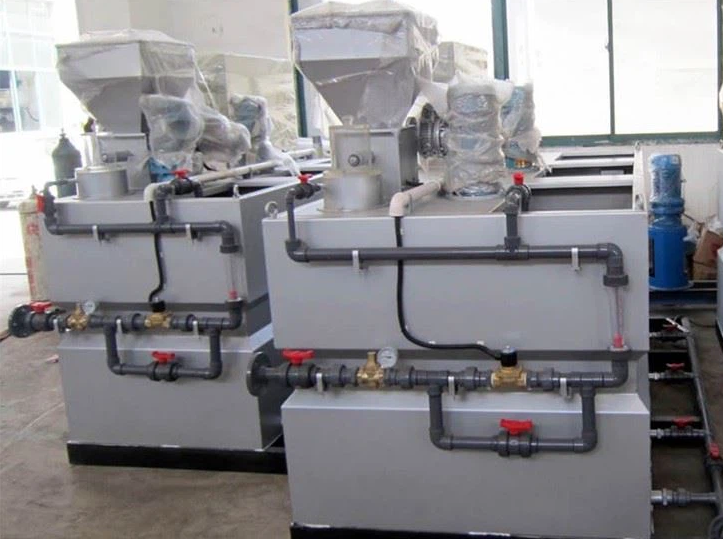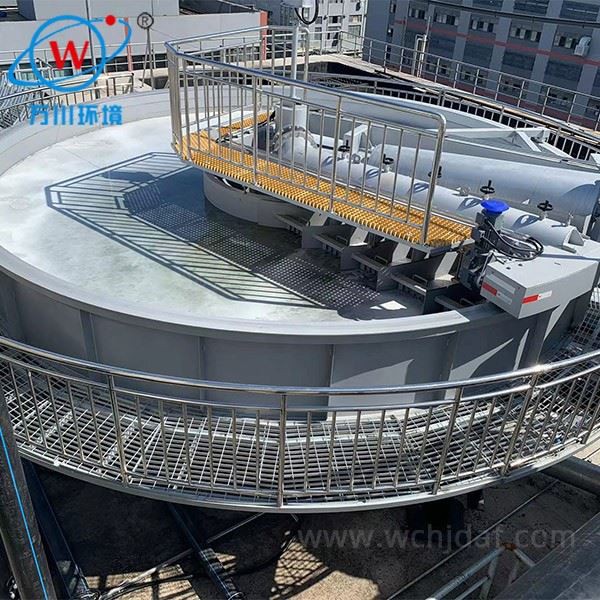Algae Removal Process
How dissolved air flotation clarifiers efficiently remove algae from water
1Coagulation Stage
The process often begins with the addition of coagulants, though some systems can operate without them depending on algae type. Coagulants work by neutralizing the negative electrical charges on the surface of algae cells. When coagulants are introduced, they bind to the algae cells, reducing repulsion and allowing the cells to clump together into larger, heavier aggregates known as flocs.
2Flotation Tank Introduction
The water containing algae flocs is introduced into the flotation tank, where dissolved air is released as tiny bubbles. These bubbles are generated by pressurizing air into water in a separate chamber before releasing it into the tank at lower pressure, causing the air to come out of solution as microbubbles.
3Bubble Attachment and Rising
As the microbubbles rise through the water, they attach to the algae flocs. The combination of the bubbles and flocs creates a buoyant mixture that floats upward, forming a layer of scum on the water surface.
4Skimming and Water Collection
The scum layer, composed of air bubbles and captured algae, is continuously skimmed off the top of the tank using mechanical skimmers. The remaining water, now free of most algae, is collected from the bottom of the tank and discharged or sent for further treatment if needed.
Key Process Features
- Microbubbles are sized to attach to algae flocs while providing sufficient buoyancy
- Coagulants neutralize negative charges on algae surfaces to enable floc formation
- Mechanical skimmers continuously remove the floating algae scum
- System design ensures efficient capture and removal of algae cells
- Treated water exits with significantly reduced algae levels

